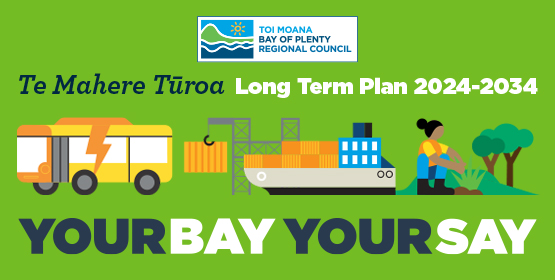
Reading: 859 pages
Hours in meetings: 15 hours
The first main reading was mainly about the SmartGrowth Strategy which is designed to provide planning direction for the next 50 years.
The Strategy talks about connected centres where people live learn work and play. It identifies a need to provide homes for all sectors of the community e.g. affordable housing, notes that marae are centres of opportunity for local Maori, recognises economic corridors through and around the region, highlights the need for funding and financing innovation and points out the environmental imperatives of living in this region.
The second amount of reading was the summary documentation form the Long-Term Plan Hearings. Councilors met this week to deliberate on what we had heard.
Rates are to be set at a 2.9% real increase. That is 2.9% over and above inflation. Many people have approached me to say why can’t the Council just keep a flat budget and account for CPI increases only. The fact is that the Regional Council is asked to do more by both the community in general and the Government in particular. Increased standards for fresh water is an example. No one would seriously argue that this is a priority, and it takes more monitoring, more scientists, more vehicles in the field.
Having said that there are still some areas that I will be keeping an eye on where there may be some fat. However, this is likely to be rats and mice level.
The three big questions we asked were about permitting a sell down of our shareholding in the Port of Tauranga, how to share the cost of public transport around ratepayers and whether to investigate more Regional Parks.
Feedback was mixed on the sell down with roughly half submitters in favour and half opposed. Reading through the submissions it was clear to me that not all understood that this is a permissive question only and not an instruction. Quayside will now be able to sell down if the timing, the return and the transaction makes sense. The Overseas Investment Office will ensure that the Port is not taken over by foreign investors which was a concern of some submitters. Council also needs to consider how the funds will most wisely be used.
Transport was a major discussion as fares will be more for school children outside peak hours, and youths up to 25 at all times. This is because the government is not subsidising these fares and it costs the Council the best part of a million dollars to keep offering the subsidies.
There will be up to 11 more school routes.
A farm was gifted to the Council while submissions were being sought so there will be land available for a regional park near Katikati. How long that takes and what it looks like is still to be decided. Money has also been set aside to investigate a regional park near Rotorua. It was noted that neither the Rotorua Lakes Council nor Rotorua X were particularly enamoured with yet another park in the area.
The meeting came to a close with a rush of blood to the head and Councilor Thompson volunteering a random level of funding for community initiatives. The amount suggested was more than has been requested but councillors do like playing Santa. After being very restrained all day to keep rates in check, elected members voted to establish a slush fund for projects that come to mind over the next three years.
